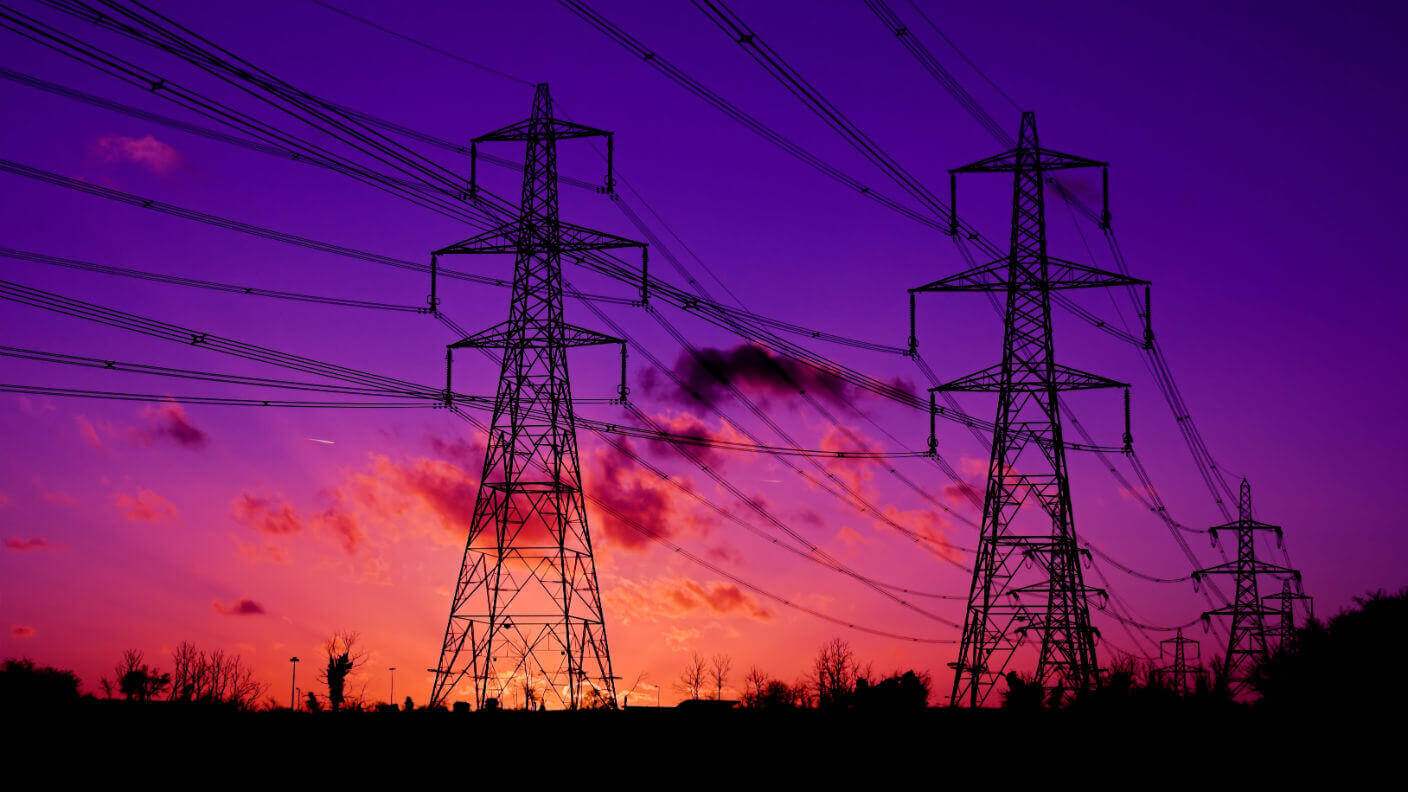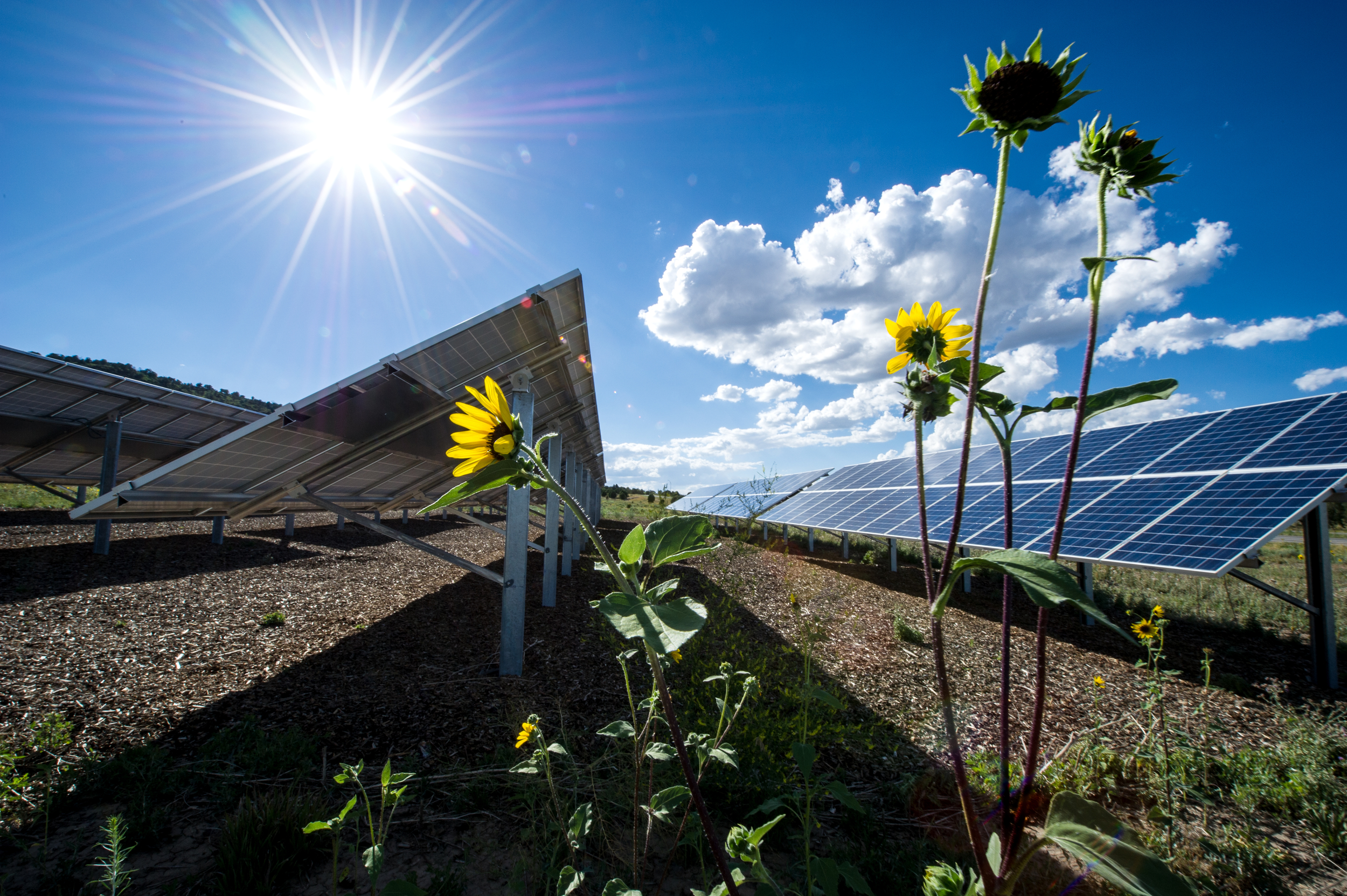Cabinet Approves Rs 3,760-Crore VGF for RE Storage: Transforming India’s Energy Landscape

Cabinet Approves Rs 3,760-Crore VGF for RE Storage: Transforming India’s Energy Landscape
In a significant development for India’s renewable energy sector, the Union Cabinet has approved a whopping Rs 3,760-crore Viability Gap Funding (VGF) for Renewable Energy (RE) storage systems.
This ambitious move marks a pivotal moment in India’s transition to cleaner and more sustainable sources of power. This article delves into the details of this decision, its implications, and why it represents a major stride toward India’s renewable energy goals.

Renewable energy sources such as solar and wind have gained immense traction in India due to their sustainability and the country’s ambitious renewable energy targets. However, one of the major challenges with these intermittent energy sources is their variability.
The sun doesn’t always shine, and the wind doesn’t always blow, which can lead to fluctuations in power generation. To overcome this challenge and ensure a steady and reliable energy supply, the integration of energy storage systems is imperative.
Energy storage systems, including batteries and pumped hydro storage, play a crucial role in storing excess energy generated during peak production periods and releasing it when energy demand is high. This enhances grid stability, reduces the need for fossil fuel-based backup power, and paves the way for a greener and more resilient energy ecosystem.
The Cabinet’s approval of Rs 3,760 crore as VGF is a substantial financial commitment to support the deployment of renewable energy storage systems. VGF is a financial tool used to bridge the viability gap in infrastructure projects where private sector participation may be lacking due to financial constraints.

The funding is not limited to a specific energy storage technology, making it technology-agnostic. This allows flexibility in choosing the most suitable storage solutions, whether lithium-ion batteries, flow batteries, compressed air energy storage, or others, based on regional and project-specific requirements.
The VGF will enhance the economic viability of renewable energy storage projects, making them more attractive to private investors and fostering their rapid deployment.
This funding aligns with India’s ambitious renewable energy targets, which aim to achieve 175 GW of renewable energy capacity by 2022 and 450 GW by 2030. Reliable storage is essential to ensure a stable and uninterrupted energy supply from renewable sources.
The integration of energy storage systems will significantly improve grid stability and reliability, reducing the risk of blackouts and ensuring uninterrupted power supply to consumers.

The Cabinet’s approval of a substantial VGF for renewable energy storage systems carries several significant implications:
- Accelerated Renewable Energy Deployment: The availability of VGF will attract private investments and accelerate the deployment of renewable energy storage systems, contributing to achieving India’s renewable energy targets.
- Energy Security:Enhanced grid stability and reliability will strengthen India’s energy security by reducing its dependence on fossil fuels and imported energy sources.
- Economic Growth: The renewable energy sector has the potential to create thousands of jobs and stimulate economic growth, especially in the manufacturing and installation of energy storage systems.
- Environmental Benefits:A cleaner and more reliable energy grid will lead to reduced greenhouse gas emissions, supporting India’s commitment to combat climate change.
The Cabinet’s approval of Rs 3,760 crore in Viability Gap Funding for renewable energy storage systems represents a significant milestone in India’s journey toward a cleaner and more sustainable energy future.
It not only aligns with the country’s ambitious renewable energy targets but also addresses critical issues of grid stability, energy security, and economic growth.

As India continues to invest in renewable energy and storage technologies, it moves closer to becoming a global leader in the transition to a low-carbon economy, setting an example for other nations to follow.




